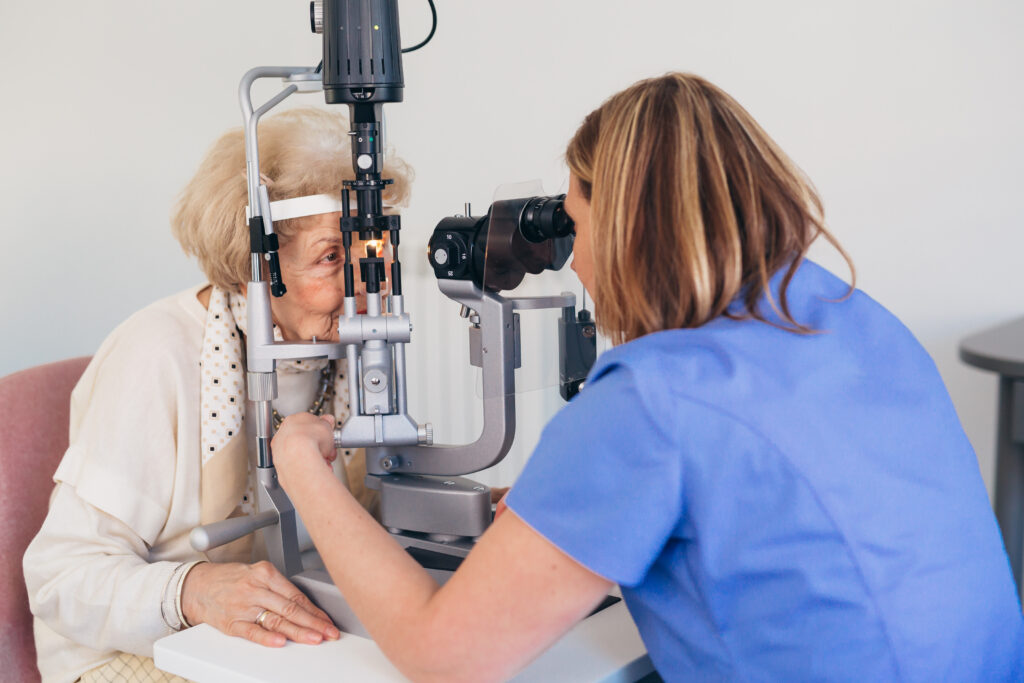Vision providers are not exactly the kind of folks you’d expect to see front and center at the proverbial table when it comes to conversations and strategies around healthcare communication. In part, they aren’t typically part of large health systems and hospital organizations that have historically driven interoperability efforts in earnest. But there’s also the reality that vision care is not at the forefront when it comes to managing complex, chronic conditions that plague our aging population. And yet, with the steady increase year over year of diabetes and other diseases that manifest in vision problems, this oversight is simply not going to work. Keeping vision providers in the loop is vital for preserving the critical function of sight, so as IT vendors and industry leaders, let’s consider why this foresight is top of mind.
Patients In the Dark Will Suffer
Patient compliance is a pain point for many providers working in the post-acute and preventative space alike. And where narratives of the past placed blame on wayward individuals resisting good care, we know better now just how much social determinants impact patient care. Health inequities create burdens and blockers that cannot be ignored to democratize access to care and positive outcomes. When it’s hard enough for some patients to balance the responsibilities of all their various appointments, imagine the impact of failing sight and visual impairments to their ultimate prognosis.
Staying on top of risk factors and treatments is hugely important for vision providers to care for their patients, but this is incredibly difficult when these specialists don’t have a real voice in current provider communication channels. Disconnected EHRs and disparate care settings preclude the kind of collaboration that can get ahead of major complications and symptoms versus addressing them reactively.
Vision Providers Need Different Carrots
Given that many vision providers are functioning with a larger vision group or as individual clinics, the removed nature of their practice means that they aren’t going to be incentivized by the same “carrots” as providers integrated into a health system. However, their need for access to data across providers for their patients is still very strong.
Managing referrals (coming and going) is central to a connected care team, wherever they practice, so the need for exchange and ongoing communication is more necessary (not less) further out from care networks. But the (carrot) juice has to be worth the squeeze! Paying for and learning a new system is generally the last thing busy, stressed providers need, so simple, intuitive workflows that payoff are vital for encouraging adoption and making communication pathways viable and effective for optometrists and ophthalmologists.
Every Provider Needs a Seat at The Table
Vision providers are serving a crucial intervention point for keeping patients independent and removing barriers to care (and general well-being). Not only for managing referrals, but to honor the important role that all specialists play in a true, connected care team, every provider must have a seat at the table when it comes to cultivating healthcare communication across practices and facilities. As chronic conditions commingle specialties and modalities to keep a patient on their feet, we have to consider how we open channels to serve the whole person…from head to toes.







